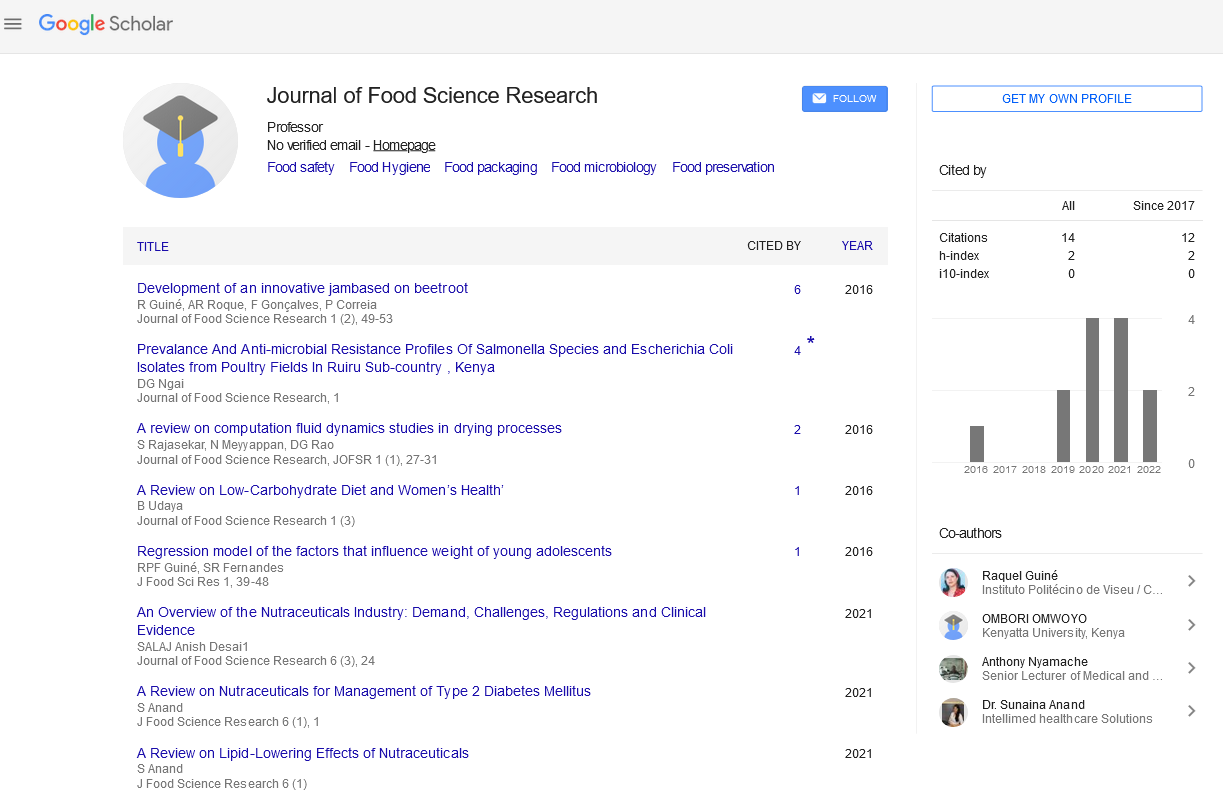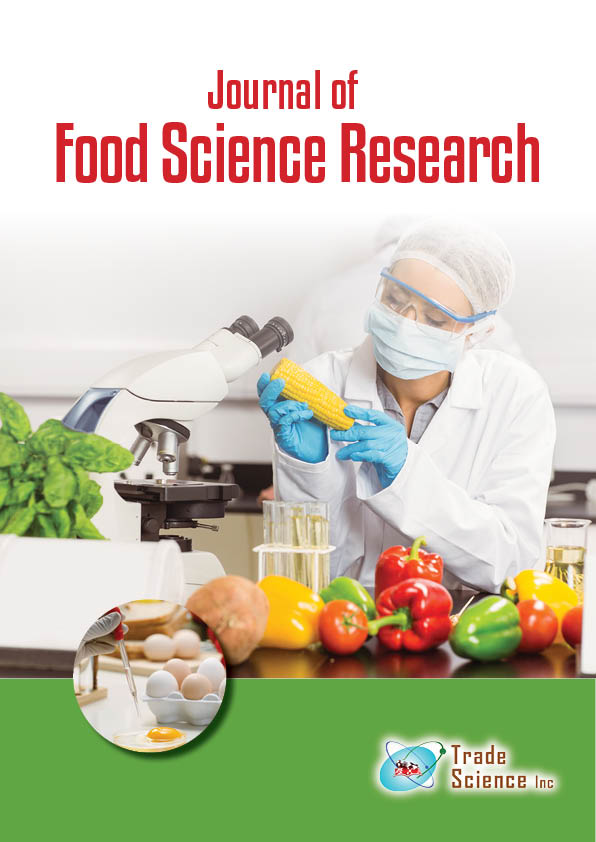Abstract
Consumer food safety practices at home and comparing the effects of media types on food safety awareness during the COVID-19 outbreak
Author(s): Sibel BolekThe COVID-19 pandemic has caused serious threats to people’s physical health and lives. Many consumer trends during this pandemic have centered around food and the food supply chain. While there were disruptions throughout portions of the pandemic, experts believe that panic-buying and shortages have started leveling off for the first time since COVID-19 hit. However, even though the food system is leveling out, there have been drastic changes to consumer habits and trends, which caused lasting structural changes to the consumer goods and retail industries. The outbreak has pushed consumers out of their normal routines. Consumers are adapting new habits and behaviors that many anticipate will continue in the long term. They are responding in a variety of ways and have differing attitudes, behaviors and purchasing habits. Determining the changes in food purchasing, consuming, and preservation behavior is certainly useful not only to understand how consumers’ habit changes and adapts during crisis periods but also to provide useful guidance in emergency management efforts. For this purpose, in this study, food safety practices at home of consumers living in Istanbul, Turkey's most populous city, and the effect of media on food safety awareness during the COVID-19 outbreak were investigated. In the interview, questions under different groups were asked to the consumers to determine whether their food handling practices at home were appropriate to food safety, awareness of the possibility that risky applications and the effect of media types on food safety awareness. All data were analyzed with the use of the Statistical Analysis System and the Duncan’s multiple range test was used to determine whether age was significantly different among consumers at the p= 0.05 level of significance (SAS, 1999). ). The results of the study revealed that consumers have concerns about food safety, but still food handling and storing practices are not safe. However, COVID-19 has caused a shift in consumer behavior and it is likely a handful of these new habits will remain in the long term. In addition, it was noted that the crisis is also causing consumers to more seriously consider the health and environmental impacts of their shopping choices. Keywords: Food safety, food storing, COVID-19, media

